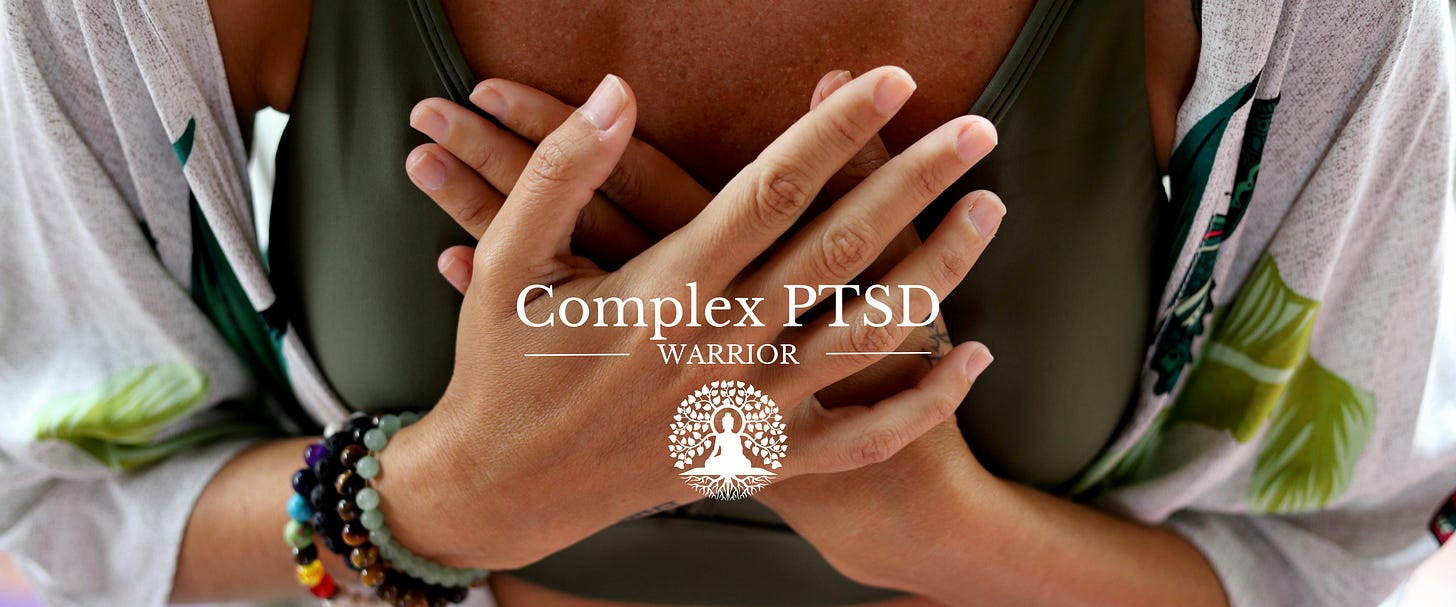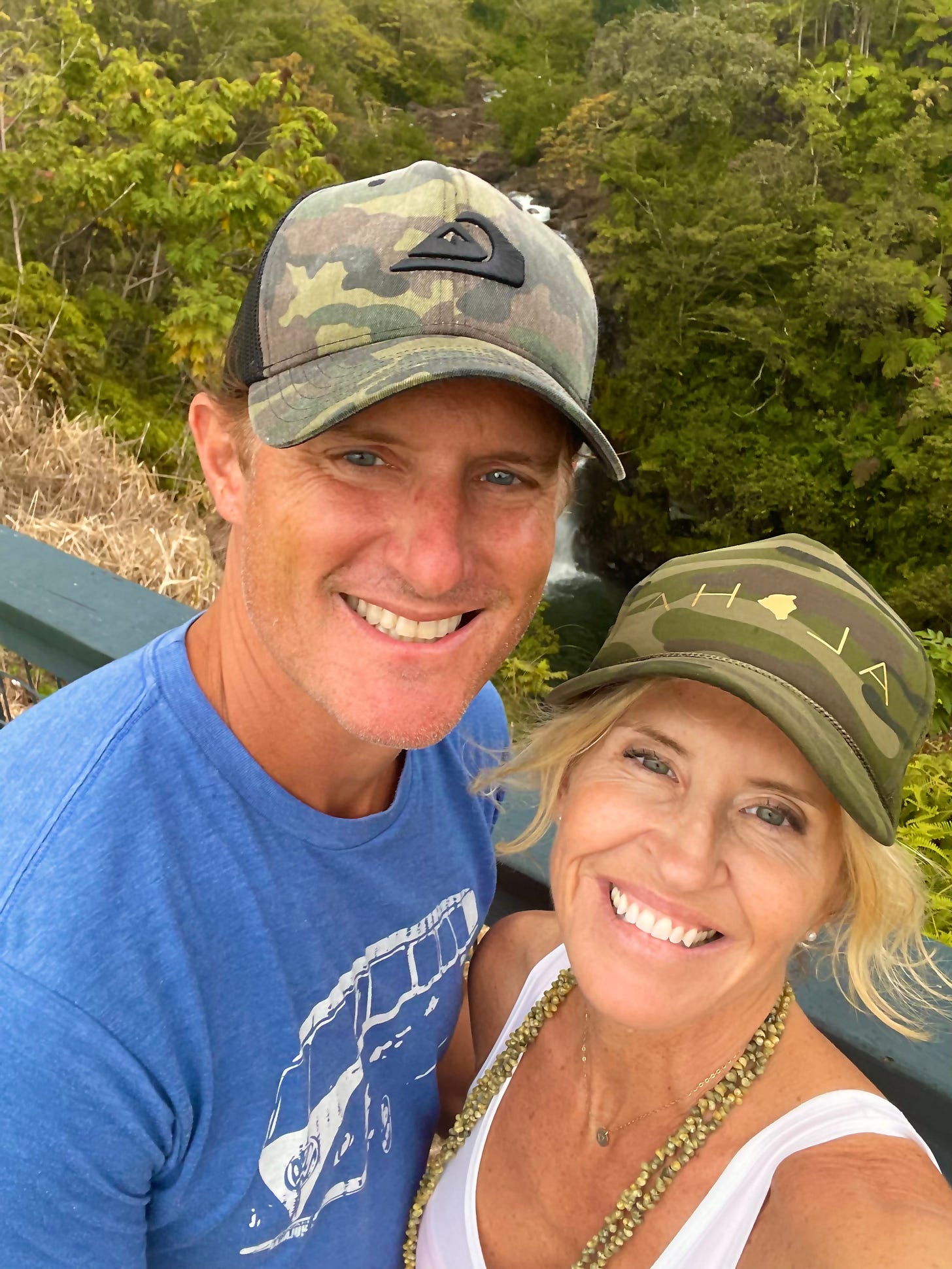The Overlooked Step in Healing
Understanding the Phase Between Awareness and Transformation
By Kristin Francis | Complex PTSD Warrior
🧠 Summary
Healing from past traumas isn’t just about learning new information — it’s about integrating it into your body, your nervous system, and your sense of self.
There’s a phase in trauma healing that almost no one talks about.
It comes right after the awareness hits — but before things start to feel better.
It’s disorienting. It’s quiet. And it’s easy to mistake it for being stuck.
But it’s not a setback. It’s the overlooked step.
It’s the space between insight and transformation — where real healing actually begins.
Integration.
⏸️ This week, we’re pressing pause to honor that step.
We’re making space for reflection, rest, and the kind of deep, meaningful shifts that can’t be rushed.
Because when you give yourself room to integrate, you’re not stepping away from healing — you’re actually deepening it.
💡 What We’ve Covered So Far
Over the past few weeks, we’ve explored layers of Complex PTSD that many of us never had words for growing up.
Together, we’ve begun naming what so many survivors carry silently for years — the lasting impact of survival mode, the confusion of emotional flashbacks, and the ways Complex PTSD shapes how we think, feel, respond and connect. Here are a few of these posts:
📌 What Is Complex PTSD — and Why It’s So Often Missed
The real definition, how it’s different from PTSD, and why so many survivors go undiagnosed for decades — often misdiagnosed with anxiety, depression, ADHD, or borderline traits instead.
📌 Childhood vs. Adult-Onset Complex PTSD
How early trauma alters the brain’s development — especially in areas responsible for emotional regulation, stress response, and attachment. And why healing often takes longer when those foundations were shaped by fear or neglect.
📌 Growing Up in Survival Mode Wires Your Brain Differently
What chronic stress in childhood does to your nervous system — including over-activation of the amygdala, underdevelopment of the prefrontal cortex, and long-term dysregulation of the vagus nerve. We also explored how those patterns show up in adulthood as perfectionism, people-pleasing, emotional shutdown, or overreaction.
These aren’t just ideas.
They’re deeply lived experiences.
And they take time to land. To settle.
To integrate.
If your body is still processing this information — or if you’re noticing big feelings show up days later — that’s integration.
That’s your nervous system doing its job.
If you're feeling full — mentally, emotionally, or even physically — that makes perfect sense.
Because the truth is: learning about Complex PTSD isn’t just intellectual.
It’s somatic. It’s emotional. It’s relational.
It stirs things in your nervous system that don’t always have language yet.
Sometimes healing isn’t about doing more — it’s about noticing what’s already been stirred.
This week, we’re doing just that.
🌿 What Is Integration — and Why Does It Matter?
Integration means letting new awareness settle into your system — not just your mind, but your body and brain.
🧠 From a neuroscience perspective, integration involves neuroplasticity — your brain forming new neural pathways to replace trauma-based ones. But for those new circuits to strengthen, they need repetition, rest, and safety.
If you keep consuming without giving your system space to reflect, your brain can’t encode what it’s learned. Instead, your nervous system becomes overwhelmed — which actually increases reactivity.
Healing deepens when you:
Slow down enough to notice what’s shifting
Reflect on what’s landing
Practice tools when you’re calm, not just in crisis
This is how your prefrontal cortex (your regulation center) stays more online — even during stress.
This is how you build capacity.
So this week is your permission to pause.
Not because you’re falling behind — but because you’re giving your body a chance to catch up with what your mind is learning.
✍️ Gentle Journal Prompts for Integration
These prompts are designed to help your nervous system feel safe — not judged.
Take them slowly. There’s no “right” way to answer.
What part of the series has stayed with me the most — and why?
Where in my body do I feel resistance — or relief — when I think about what I’ve learned?
What new truth am I starting to believe… even a little?
How can I support myself this week — with more rest, less urgency, or softer expectations?
Let yourself linger here.
Integration doesn’t happen on a deadline. Your system moves at the pace of safety.
You’re not broken.
You’re not behind.
You’re learning to live in a way your nervous system never got to before.
Be patient with yourself. You’re doing hard work.
🔮 Coming Thursday for Paid Subscribers:
‘Why Healing Doesn’t Stick - and How Integration Changes Everything’
If today’s post helped you understand why healing doesn’t always stick —
Thursday’s post will guide you into what to do next.
We’ll go deeper into how integration actually works —
and how to support your nervous system so the healing you’re practicing can finally land.
✨ Inside, you’ll find:
A trauma-informed breakdown of how the brain and body rewire safety
10 integration practices you can start today
Real-life examples from my own healing
→ Become a paid subscriber to receive it as soon as it goes live.
💬 What’s something you’ve started to understand differently through this series?
I’d love to hear in the comments.
♥️ If this resonated with you… or made you feel seen
I’d love to have you stick around.
Free subscribers get weekly posts like this — grounded in lived experience, nervous system education, and tools for real healing.
Paid subscribers receive even more: deeper reflections, exclusive content, and weekly curated tools to support your Complex PTSD journey.
📌 About Us:
We’re Kristin & Travis Francis — founders of Complex PTSD Warrior.
We provide trauma-informed education and support for healing your nervous system, repairing relationships, and breaking generational cycles — using curated tools rooted in neuroscience and lived Complex PTSD experience.
Our mission is to spread Complex PTSD Awareness, Education & Tools around the world.
If this post helped you feel seen, understood, or less alone — we’d be so grateful if you shared it with someone who might need it too.
It might be the message they’ve been waiting their whole life to hear.
Disclaimer: The content shared here is for educational and informational purposes only and is not a substitute for professional mental health care, diagnosis, or treatment. Please go at your own pace, and always prioritize what feels safe for your body and nervous system. If you’re in crisis or need immediate support, please reach out to a licensed mental health provider or crisis resource in your area.






This has resonated with my solo journey. At 73 I'm not depressed anymore but aware it might return any minute. I am my new best friend. I berate myself with inane thoughts of not being good enough. This affects my entire family. Me, my children and grandchildren. But I know through these methods I can have peace at last. It's like exhaling fear and inhaling love 💖
Great article, well written and meaningful. Thank you.